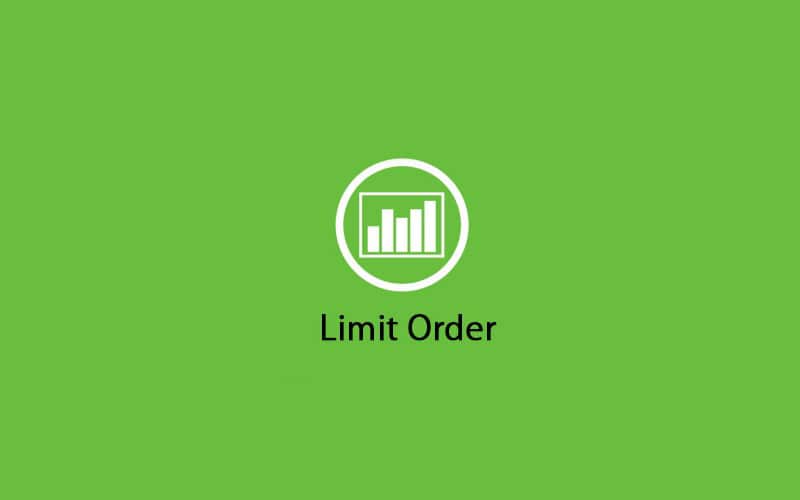This is a certain kind of order to sell off or purchase certain assets at a particular cost. When it comes to purchasing limit orders (buy), they will only come to pass at less than or equal to the limit price. When you talk about selling limit orders, they will only pass at a greater price than (or equal to) the limit price.
Such a condition enables every financial trader to manage the price they are trading in more efficiently. By using buying limit orders, investors are certain to fork out less than or equal to that price. Although the cost is certain, there is no guarantee that the order will file, and limit orders will not pass unless the asset’s cost fulfills the qualifications of the given order.
If the asset in question does not meet the cost mentioned, the order will not fill, and investing parties could lose out on the viable trading chance.
Limit order pros
The primary plus point of such an order is that it gives assurance and peace of mind that the financial market exit or entry point is as good as the mentioned cost at the very least. Limit orders are especially advantageous when you trade certain stock values or any other financial asset that has high volatility.
Limit order in practice
A Limit order is the utilization of a price cost for selling or purchasing a certain valuable asset. For instance, if a certain financial trader plans to buy ABC’s financial stock but sets a $15 upper limit, he or she will just purchase that stock at a price equal to or less than $15 automatically once the price of the given stock fall in that range.
If a financial trader is keen on selling ABC stocks with a $15 upper limit, he or she won’t be selling any stock until the cost is more than or equal to $15. When making use of buy limit orders, investing parties are certain to fork out the cost of buy limit order.
However, you do not get any certainty of filling that limit order. Such an order provides every trader with greater controlling power over the asset execution cost, particularly if they feel apprehensive of utilizing orders in extremely unstable periods.
Hence, limit orders are useful as a tool to manage risks at the time of high volatility or when you have an intention to buy a particular stock at a particular price.
Limit and market orders – what is the difference?
When placing an order on any trading platform, an investor is choosing between the ‘at market’ and ‘at limit’ execution options. The speed of execution is what makes the former stand out: market order is placed to fill as quickly as possible.
In fact, you cannot know how much you are going to spend or earn: market order execution is immediate and happens within the present market conditions, so it is only the volume that you can request, but not the price.
Limit orders imply an opposite situation: you know almost exactly how much you are going to spend or earn on a specific quantity of shares. However, what you do not know is when your order will be filled and whether it will be filled.
You have an option to choose how long your limit order is going to be active and can also opt for lifetime activity. The standard duration, though, is one trading session.
Therefore, even though a limit order does help you lower the risk you incur buying or selling stock, you can still bear losses should the stock price keep growing after your sell limit order is filled or fall after your buy limit order is filled.



